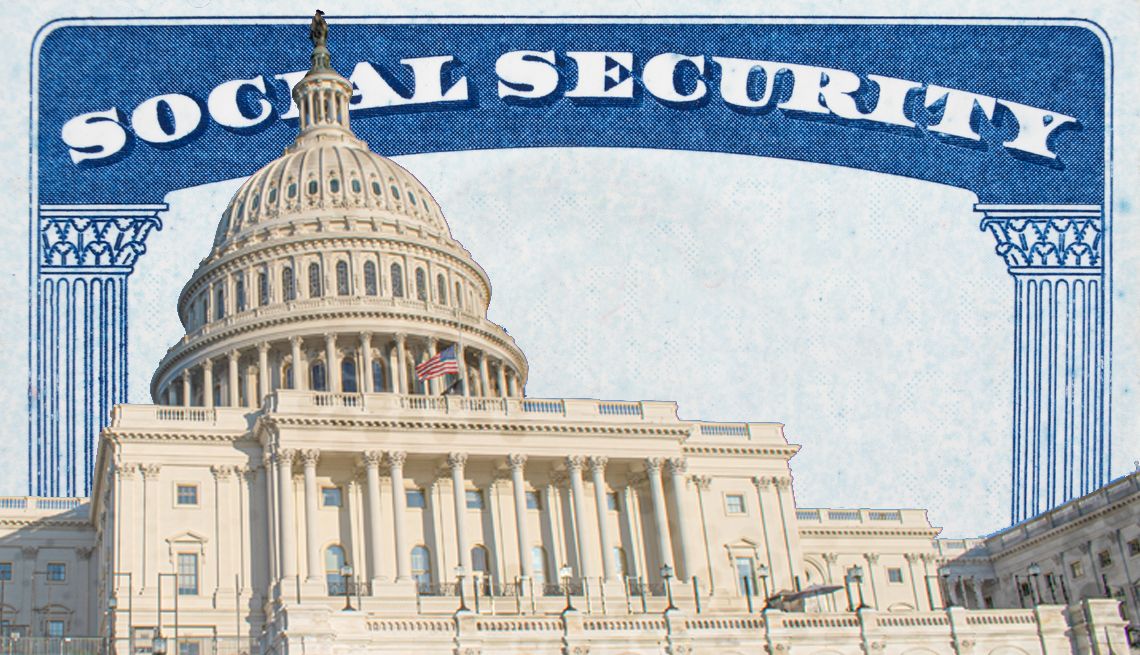AARP Eye Center
CLOSE ×
Search
Popular Searches
- right_container
- Health
- Money
- Work & Jobs
- Advocacy
- Social Security
- Medicare
- Caregiving
- Games
- Travel
- More...
- Entertainment & Style
- Family & Relationships
- Personal Tech
- Home & Living
- Auto
- Staying Sharp
- Podcasts
- Videos
A recent report by the influential Medicare Payment Advisory Commission (MedPAC) — the independent agency that advises Congress on Medicare policy — finds that Medicare pays 20 percent more per enrollee in a private Medicare Advantage (MA) plan than it would if that same individual was instead…
The Inflation Reduction Act (IRA) of 2022 includes many provisions designed to address high prescription drug prices and related out-of-pocket costs. One of the most notable changes allows Medicare to negotiate the prices of certain high-cost prescription drugs, which is expected to save Medicare…
This week the Supreme Court is hearing oral arguments in Braidwood v. Kennedy, a case challenging the requirement for private health insurers to cover certain recommended preventive health services with no cost-sharing. AARP previously examined the implications of the case, finding that more than…
Access to an employer-based, payroll-deduction retirement savings plan plays a key role in allowing people to save for the future. Yet nearly half of American workers, or about 56 million, do not have access to such a plan. To address this challenge, in recent years a growing number of states have…
In a recent AARP focus group, Malcolm (name changed for privacy), a 64-year-old man with health insurance through his employer and a preexisting condition, shared how over the course of a year, he received two low-balance medical bills he couldn’t afford to pay. The bills went to collection, which…
New AARP research finds that about half of American working adults, or about 56 million people, lack access to a payroll-deduction workplace retirement savings plan, making it much more difficult for them to save for retirement. Small business employees, workers with low-to-moderate earnings, and…
Long-term services and supports (LTSS), also known as long-term care, is a reality of life, touching almost everyone in some way. These services are often particularly essential for people with chronic health conditions or disabilities to manage daily activities and maintain their quality of life.…
Within a decade, the U.S. population will consist of more adults over 65 than children under 18. To prepare for rapid population aging, Age-friendly Community (AFC) programs across the country are helping towns, cities, counties, and states transform their communities into great places to grow up…
“If it wasn’t for SNAP, I don’t know what we would do.” – 61-year-old AARP survey participant
As states and communities continue to recover from the devastation caused by Hurricanes Helene and Milton, many are left wondering what could be done to prevent large-scale destruction from such disasters. Despite the severity of those storms, they were only the most recent among several to sweep…
Employers play a central role in health insurance coverage in the US, with the vast majority of employees working for a company that offers a group health insurance benefit. Sixty-three percent of all adults ages 50 to 64 (“midlife adults”) get their health insurance through their employer or their…
Quiet Policy Change Could Lead to Substantial Savings for People in Medicare Prescription Drug Plans
Millions of older Americans are already benefitting from a new law passed in 2022 that includes several provisions to help reduce out-of-pocket costs and the high prescription drug prices driving them. One of the most notable and publicized changes is a redesign of the Medicare Part D benefit that…
Every year approximately 1.3 million American women enter menopause. Many women in perimenopause and menopause experience symptoms that affect their quality of life and productivity at work. Despite the millions of women who could benefit, a historical lack of funding for research in women’s health…
Search AARP Blogs
Recent Posts










































































